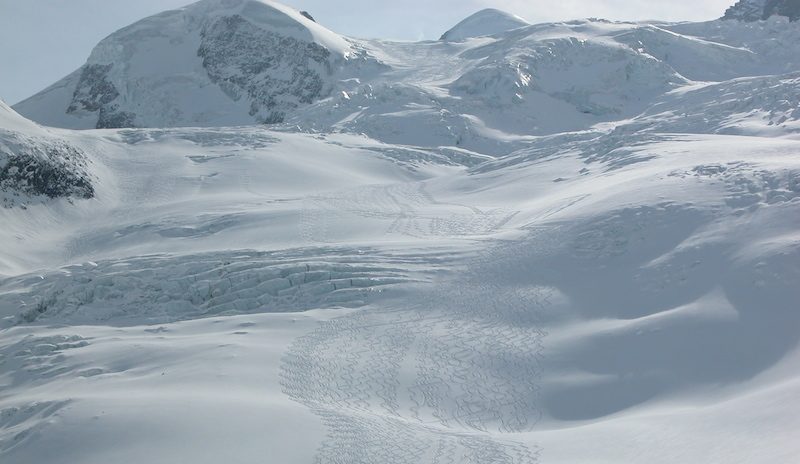One thing’s for certain – you’re going to need snow and you’ll need to know where you’re going to get it. Advising you exactly where to go to get the best snow is a bit like advising someone on who’s going to win the Grand National. However, we can make it a bit easier to decide where to go with a few guidelines.
Firstly, let’s look at a few of the variables;
> Snowfall
> Altitude
> Accessible terrain
> Local regulations
SNOWFALL
Search for “the snowiest place on earth” online and one place will constantly come up in the results – Japan. Yes, the North Island of Japan gets more snow than any other alpine nation, with an average annual snowfall of over 17m. That’s a lot of snow, so take a snorkel! But, and it’s a big but, you need to know where you’re going. Many Japanese resorts have not taken to off-piste skiing and it’s forbidden. Ducking under a rope can result in ski passes being confiscated, so you’ll need to know where to go in Japan – and right at the top of the list is Niseko. Also high on the list of very snowy places in the world is Alaska, but the world record for the most snow in one season is held by Mt Baker Washington at a whopping 29m.
ALTITUDE
It’s a well-known fact that the higher the resort the more chance of guaranteed snow. There’s a figure bandied around called the Lapse Rate which is how much the temperature drops for a given rise in altitude. Although there are variables, it’s generally considered to be a 1-degree Celsius drop in temperature for every 100m rise in altitude. Now stick on an extra 1000m in height and you’ve got a 10-degree difference in temperature, and you don’t have to be Einstein to know that snow likes cold temperatures. So the higher the resort, the lower the temperature. But, and this is another big but, higher doesn’t mean more snow. Bear this in mind if you’re going high, and then take into consideration wind and fewer trees as well. So it’s a pay-off. Right up on the list of high-altitude ski resorts in Europe is my hometown of Tignes along with Val Thorens and, in Austria, Hintertux, to name a few, while across the water you have Breckenridge with a village at an altitude of just under 3000m. That’s high so take sleeping pills! If you’re really going for height then one of the highest lifts in the world is in Gulmarg – Kashmir, but do check out the local political situation first.
ACCESSIBLE TERRAIN
You’re going to need terrain and lots of it, but bear in mind vast lift systems do not necessarily mean huge areas of off-piste skiing. The aptly named French resort of La Grave has only one lift. But who needs lots of lifts when one lift takes you to the top of the mountain? Vast areas in France include Paradiski, Espace Killy and the Portes du Soleil, and in Switzerland the world-famous ski area of Verbier. Austria, well, it has to be St Anton which takes après-ski to a whole new level, and Italy has Alagna, also known as ‘Freeride Paradise’. I once bumped into Glen Plake (one of the fathers of freeriding) on a skiing holiday there a few years back! Any article on freeriding has to mention Chamonix and Courmayeur, home of Mont Blanc and the most famous off-piste run in the world, ‘The Valley Blanche’. Across the water, Whistler and Blackcombe have great reputations, and if money is no option, why not spend a few thousand squid with one of the founders of heli-skiing, Mike Weigele? If you fancy something not quite run of the mill then heli-skiing in Kamchatka may take your fancy, or climbing volcanoes in Southern Chile for something completely different.
LOCAL REGULATIONS
In North America, off-piste skiing in resort areas is strictly controlled, but that’s not to say there’s no powder to enjoy; actually there’s stacks of it. In other countries such as France there used to be more responsibility placed on the individual, but all countries are now beginning to take a much firmer look at off-piste skiing, so make sure you’ve checked out the rules and regulations with the local authorities before heading anywhere. Skiing without a qualified guide or instructor is not considered responsible behaviour, unless you are very experienced. And don’t forget, it’s not just your life that’s at stake; it’s the lives of those you’re skiing with and those who may need to come out and rescue you. So wherever you go, make sure you’re with qualified guides or instructors.
Photo: Skiing from the Monte Rosa from Gressoney/Alagna into Zermatt.

